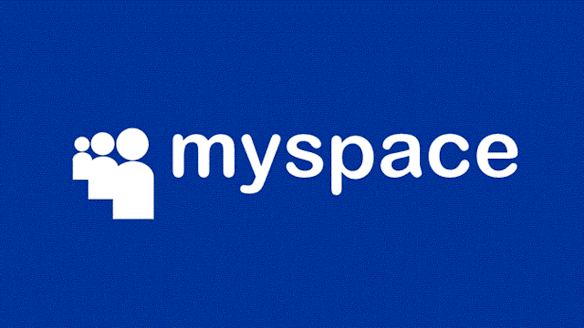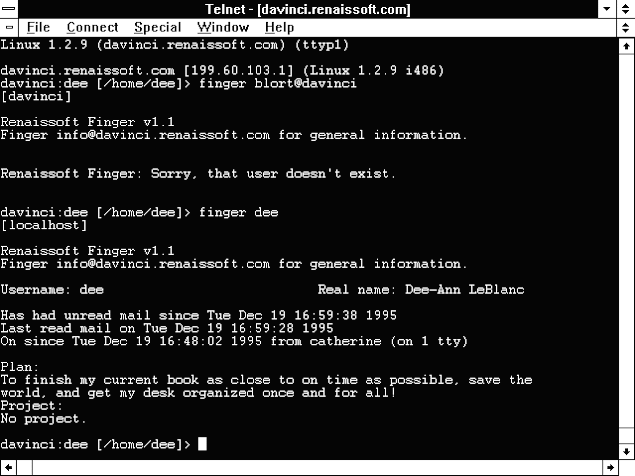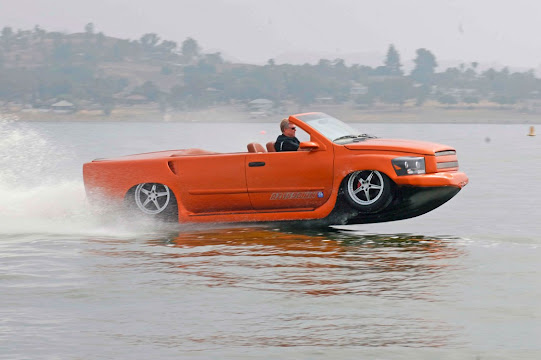To the 2004 and back (week 4)
In 2004 Pekka Himanen, a Finnish researcher and philosopher, presented a report called "Challenges of the global information society" to the Finnish Parliament's Committee for the Future. His report listed the challenges that Finland with its current model of welfare state could face in terms of the development of global information society. Himanen attempted to describe what the future may look like by identifying 10 major trends that were already in strong progress. By using those trends he then tried to model development scenarios and came up with 3 quite different dynamic models: the "Silicon Valley model", the "Singapore model" and the "Finnish model". The Silicon Valley model comes with high societal price of leaving the weak and vulnerable behind to progress further. That creates a class division, where people at the bottom don't have as many opportunities as people at the top and that leads to even further gap in the next gene


